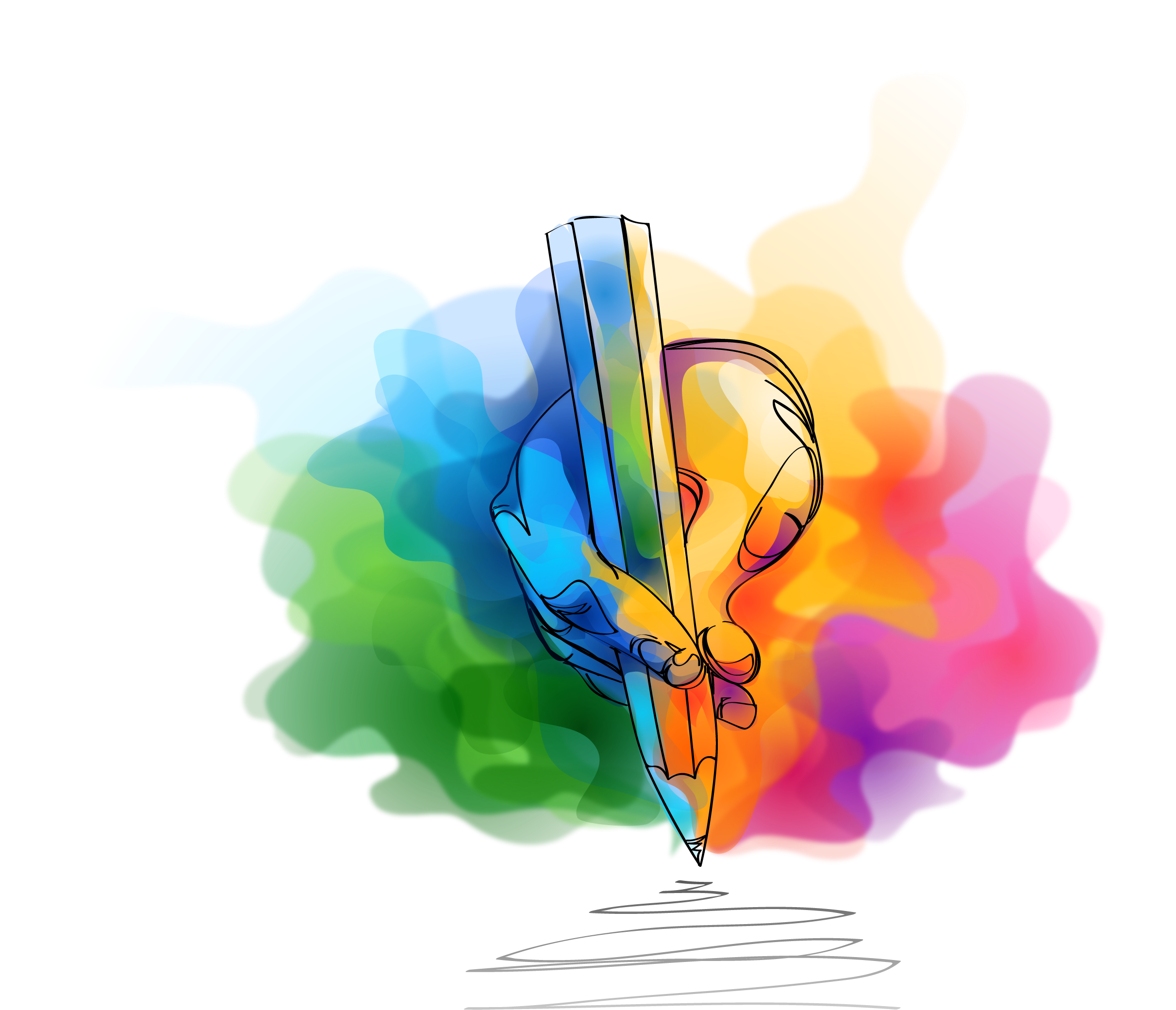The emergence of digital platforms has revolutionized the art world, providing artists with new avenues for creativity, expression, and exposure. Among the many artists who have embraced these platforms, Black visual artists have played a significant role in shaping the digital art landscape. This essay explores the evolution of Black visual artists on digital platforms, highlighting their contributions, challenges, and the transformative power of these platforms in promoting diversity and inclusion within the art world.
The Early Days: Digital Art as a Medium
The digital art movement gained momentum in the late 20th century, coinciding with the rise of personal computers and graphic design software. Black visual artists, like their counterparts from various backgrounds, began experimenting with digital tools to create visually stunning and conceptually rich artworks. This period saw the emergence of early pioneers, such as David Hammons and Lorna Simpson, who explored digital media alongside traditional forms of art.
Digital platforms offered Black artists an opportunity to break free from the constraints of traditional art spaces, enabling them to reach global audiences without intermediaries. This newfound accessibility allowed for the expression of diverse voices and perspectives that had long been underrepresented in the art world.
Social Media and the Democratization of Art
The advent of social media platforms like Instagram, Facebook, and Twitter marked a turning point for Black visual artists. These platforms not only democratized art but also empowered artists to curate their own online galleries and foster direct connections with art enthusiasts and collectors.
Black artists found a sense of community and solidarity on these platforms, sharing their work and experiences, addressing issues of identity, social justice, and representation. The hashtags #BlackArtMatters and #BlackCreatives became powerful tools for visibility and recognition, challenging the art world’s prevailing Eurocentric biases.
Moreover, platforms like Etsy and Redbubble allowed artists to sell their digital art as prints, clothing, and other merchandise, providing a new source of income and creative autonomy. These platforms proved instrumental in reshaping the traditional gallery model, making art more accessible to a wider and more diverse audience.
Challenges and Pushing Boundaries
Despite the opportunities presented by digital platforms, Black visual artists have faced unique challenges. They grapple with issues of cultural appropriation, tokenism, and the commodification of their work. Digital spaces are not immune to systemic racism and biases, and Black artists often have to navigate these barriers while striving for recognition.
However, these challenges have not deterred Black visual artists from pushing boundaries and disrupting norms. Many have embraced digital tools to challenge stereotypes, celebrate Black culture, and explore complex narratives that delve into the intersections of race, identity, and history. Artists like Kara Walker, Kehinde Wiley, and Mickalene Thomas have utilized digital platforms to amplify their messages of empowerment, identity, and resistance.
Institutional Recognition and the Future
The growing influence of Black visual artists on digital platforms has not gone unnoticed by the institutional art world. Museums, galleries, and art institutions have begun to recognize the importance of inclusivity and representation in their collections and exhibitions. The works of Black artists have found their way into prestigious museums, including the Tate Modern and the Metropolitan Museum of Art.
The future holds even more promise for Black visual artists in the digital age. As technology continues to evolve, artists can explore immersive and interactive forms of digital art, blurring the lines between the physical and virtual worlds. Virtual reality (VR) and augmented reality (AR) are opening up new frontiers for artistic expression, and Black artists are at the forefront of these innovations.
Conclusion
The evolution of Black visual artists on digital platforms represents a transformative journey that reflects the broader social and cultural changes taking place in our world today. These artists have leveraged digital tools to challenge norms, amplify their voices, and foster inclusivity within the art world. While challenges persist, the power of digital platforms to democratize art and promote diversity is undeniable. As we look to the future, it is clear that Black visual artists will continue to shape and redefine the art landscape, both online and offline, leaving an indelible mark on the world of visual arts.
Discover more from Arrita Robinson, Visual Artist
Subscribe to get the latest posts sent to your email.


